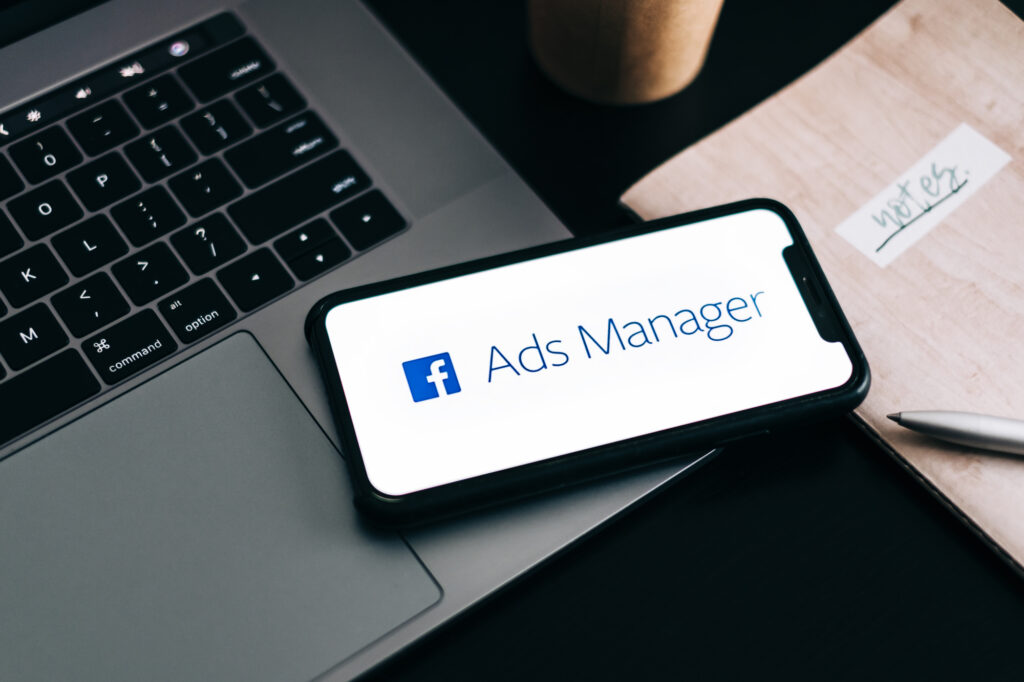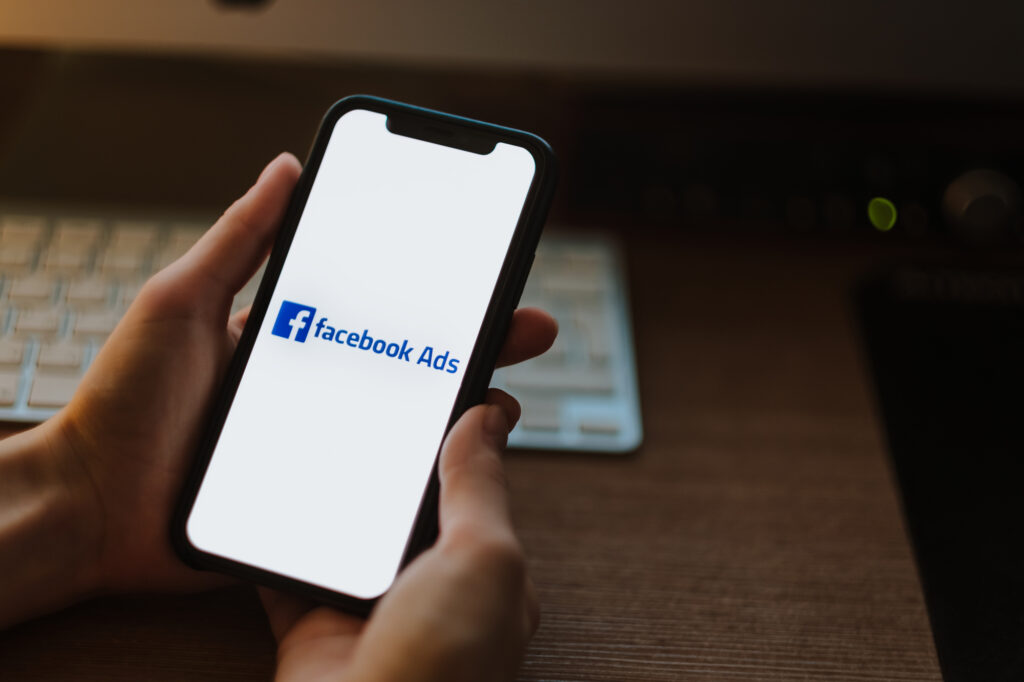Your digital marketing strategy should include social media marketing. With Facebook ads, it is easier than ever for quality leads to be connected. When running a Facebook ad, keep your cost per lead (CPL) low to help your business get the best ROI.
This page will explain the basics of Facebook lead advertisement and provide four tips for lowering your CPL.

What’s the purpose of Facebook lead advertisements?
Facebook can run paid advertisements to reach leads. These lead ads can be used to capture leads and guide them through your sales funnel.
Lead ads allow you to capture user information to be able to contact leads later. These ads promote ebooks and newsletters. The goal of your ad is to get people to fill out the contact form.
Facebook lead ads are unique in that the information you need is already included in the forms. These ads are based on information users already share via Facebook. Simply enter the information into the form. This makes it easy for your audience to fill out the form.
You can fill out this form with your audience, without having to leave Facebook.
In the past, ads would have removed your audience’s feeds. These pop-ups allow your audience to fill out the information required and submit it to their Facebook feeds.
These ads can be filled out by your audience in just a few clicks. Even easier is if your audience shares the majority of the information via Facebook. These forms are mobile-friendly.
Facebook lead ads are a great way to capture leads and get them to convert. While these ads require you to spend money they can provide a great return on your investment.
What is CPL?
When running your Facebook ads campaign, your CPL must remain low. You need to be able to save money and still capture leads.
Your CPL is the total campaign spend and the number of leads you receive from it. If you spend $1,000 and receive 50 leads, your CPL will be 20.
Facebook ads can be used by your business to generate leads. You need to reduce your CPL if you want to get the best return on your investment. How do you achieve this?
Here are four ways to lower your CPL
Your Facebook advertising campaign will be more profitable if your CPL is lower. These are some ways to reduce the cost of your leads.

1. Target a specific audience
Facebook ads require you to create a target audience. These are the people most likely to be interested in your products or services. You need to identify your target audience for your business to reach qualified leads.
Your business may have multiple audiences. If your products and services are popular, you might think about setting a broad audience.
The problem is that there is too much competition. If you target a wider audience, there will be more competition. Your competitors will run advertisements for the same target audience.
It can be difficult to reach your target audience if there are high levels of competition. High competition can be avoided by focusing your attention on a specific group of people in your target audience.
By narrowing your focus, you can reach a smaller audience with less competition. This will increase the visibility of your ad and reduce your costs. This will lower your CPL.
There are many ways to target your audience. Facebook lets you target people based on their demographic information. This information includes their age, gender, and education. These are just a few of the many options available to you when targeting your audience.
Facebook lets you target people based on their connections, interests, and behavior. You have the option to choose which audience you want. You can target specific users by using these categories.
2. Use A/B testing to test your ads
When you publish a Facebook advert, you need to create the best ad copy possible. A/B testing will allow you to determine which ad is most effective for your audience.
Split testing can also be known as A/B Testing. Visit the Ads Manager to do this. Split testing can help you determine which ad works best for your campaign.
To test the impact of small changes on your ad, you can adjust them. This is a great way to make your ad more engaging and attract more clicks. It is possible to create an ad that captivates your audience and encourages them to click on it.
A well-written ad will make your audience more interested in it. This will increase the number of people who click on your ads. This will result in more leads and a higher CPL. This will enable you to spend on ads that attract your audience more effectively.
3. Avoid Ad Fatigue
If you run an advertising campaign, there is a chance that your audience will see your ad multiple time. If they see your ad too many times, they will eventually get tired of it. Ad fatigue can lead to Facebook ad fatigue.
Your audience will get bored if they see it too often. This will result in less interest and more frequent exposure for your ad. With increasing frequency, your click-through rate drops (CTR).
How can you avoid ad frustration?
Limiting the number of ads your audience sees can help prevent ad fatigue. If your click-through rate (CTR), drops, it is likely that your ad is ineffective and should not be repeated. It is important to have an alternate version of your current ad to replace it.
Rotating variables can make your ad stand out from the rest. Rotating variables will help you communicate the same message to your audience, and keep them from becoming bored.
Avoiding ad fatigue can help you engage more leads. Keep them interested in your ads and avoid causing them to lose interest. If you have a fixed price for your ads, your CPL will be reduced. This will help you get more leads.
4. Use videos in your Facebook ads
Video can be an excellent way to create a Facebook ad that sparks the interest of your target audience. People love to watch videos and will be drawn to them whenever they see one in their timeline.
A video advertisement can help you keep your audience interested. They will watch your video and learn more about you. This is a great way for you to communicate your message and convince your audience to act.
Video ads can be a great way for your campaign to go beyond photo ads. Conversions can be up to 86% higher with video ads. Include a video in the advertisement.
In many cases, a video ad is cheaper than a photograph ad. Your audience will find a video more interesting than a photo.
The cost per click (CPC) is determined by your click-through rate (CTR). You will pay less per click if your CTR is high. A low CTR may mean that you pay more per lead. Video can help you capture more leads, and increase CTR. This will lead to a lower CPL.
If you have only run a photo ad, you might need to run additional ads. This could result in higher company costs. This will allow you to avoid running multiple campaigns for the same target audience. This will help you to reduce your CPL.
Kobe Digital can help you create an effective Facebook advertising campaign
Facebook allows you to create ads and connect with leads. Conversions can be made easier by having more leads. Kobe Digital’s marketing team is skilled at creating campaigns that generate leads and keep your CPL low.

Our agency specializes in digital marketing and offers full services. The award-winning team of experts has many years of experience creating Facebook ads that work. Our team can create ads that will generate leads and grow your company.
When you partner with social marketing companies, it is crucial to find a partner that drives results. Kobe Digital has generated millions in sales and leads for clients. Kobe Digital is your partner and we guarantee success for your campaign.
Facebook: Get your CPL down today
Kobe Digital can help you reduce your CPL and increase revenue through Facebook ads. These results can be seen by contacting us today.